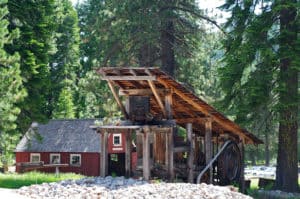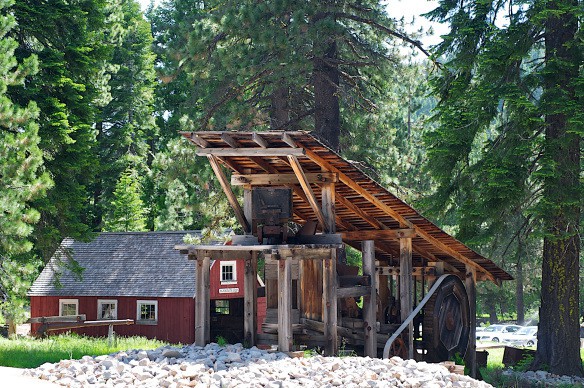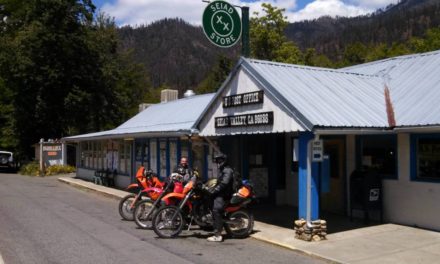By Eileen Majors
[media-credit name=”calparks.com” align=”alignleft” width=”300″] [/media-credit]
[/media-credit]
Plumas Eureka State Park is a perfect jewel tucked away in the mountains of Northern California. Beautiful scenery and wildlife surround a wealth of history in this 4,500-acre park, located at the foot of Eureka Peak (originally called Gold Mountain). Gold Mountain produced some $25 million in gold from hard rock mining in the late 1800’s. The park is a hiker’s paradise with a network of trails that meander through the Lakes Basin Recreation Area, including the Pacific Crest Trail, which stretches from Mexico to Canada. Jamison Creek flows through the campground with numerous lakes and streams nearby. Today, the park houses a museum and during the summer months visitors enjoy tours of the buildings and blacksmithing demonstrations conducted by docents and park staff. The park was established in 1959, and allows visitors a glimpse into the fascinating history of the California Gold Rush. The museum, which was originally constructed as the miners’ bunkhouse, now houses a visitors center. Indoor displays explain the natural and cultural history of the park. Outdoors, across the street from the museum, you will find the historic mining area. The Mohawk Stamp Mill, Bushman five-stamp mill, a stable, mine office, blacksmith shop and the Moriarity House (historic miner’s residence) show life during the California gold rush. One can only imagine the excitement that comes with the harvesting of $25 million in gold. Understanding the lifestyle of these miners and their families lends not only excitement to California history, but also shows visitors all the hard work involved for families who rushed for the gold. Nine miners made the original discovery of gold on May 23, 1851. Their discovery eventually led to over 30 miles of mine shafts mined by several individual operators and companies. British mining experts perfected the method of removing gold from within the mountain and at one time, three stamp mills were in operation on the mountainside. Over time, the ore-crushing operation ended up at one mill, the Mohawk. It was built in 1876 and contained 60 stamps, each weighing from 600 to 900 pounds with a drop of 8 ½ inches. Each stamp was able to crush 1 ½ tons of ore every 24 hours. Gold Discovery Days, a special event, is held at the park in Johnsville, CA in July of each year.. For more information on this event call (530) 836-0783. For camping information, call (530) 836-2380, or visit their website at http://www.parks.ca.gov/?page_id=507. Geologists agree the area is still rich in gold, and outside the park, opportunities remain for those in search of gold today. Those interested in panning for gold in Plumas County can find more information at http://plumascounty.org/Outdoor%20Recreation/goldpanning.htm.











